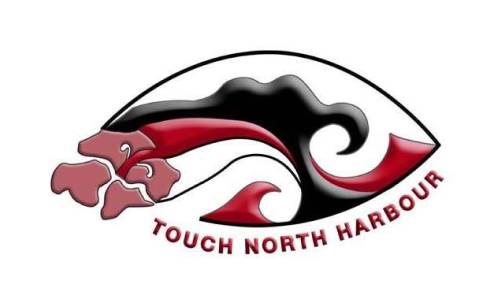WELCOME TO TOUCH NORTH HARBOUR
COVID-19
Touch - Covid Protection Framework & Traffic Light System
RETURNING TO PLAY FOLLOWING A COVID-19 INFECTION
It is important to know how to safely return to exercise and play after recovering from COVID-19.
This is because spending time in hospital or being ill at home with COVID-19 can cause your muscles to weaken. It is important that regaining your muscle strength and endurance is appropriately managed alongside your other COVID-19 symptoms. If in any doubt, seek medical advice about safe return to play and competition.
Health Navigator has information to help you to understand what to do to ensure your return safely to exercise and sport.
Returning to physical activity and exercise after COVID-19 | Health Navigator
What happens when I exercise after I have been unwell?
When you have been unwell with COVID-19 and have not been exercising, or even moving around much, your muscles can get weak. When you start exercising again your symptoms can get worse, or you can get very tired even after a small amount of activity. This is known as post-exertional malaise, or PEM, and it is an important part of recovery after COVID-19.
- PEM can happen hours or days after physical or mental exertion.
- Recovery usually takes 24 hours.
- If you experience PEM, you need to avoid exercise and activities that cause fatigue or symptoms and conserve your energy.
- If you don’t experience PEM, you can gradually increase your level of activity or exercise.
How do I get back to exercise?
Your return to exercise should take place gradually in 5 phases. The following sections describe these phases and give suggestions for activities at each phase.
It is important that you:
- Stay at each phase for several days before progressing to the next. Players should not return to team training until they have successfully navigated stages 1 and 2.
- Drop back a phase if you find it difficult, or if you experience setbacks in your symptoms
- Stop immediately if you have any chest pain or dizziness, and don’t restart your exercise programme until you have talked to a healthcare professional.
Phase 1
Preparation for return to exercise: These activities should feel easy, and should not make you feel short of breath.Examples: Controlled breathing exercises, gentle walking, stretching and balance exercises. Stretching your muscles can be done sitting or standing. Each stretch should be performed gently, and you should hold each one for 15–20 seconds.
Phase 2
Low-intensity activity: These are the kind of things you feel like you could keep doing for hours. You should be able to breathe easily and have a conversation while doing them.Examples: Walking, light household/garden tasks. If you can cope with these activities and continue to talk to someone, you can gradually increase the time you spend exercising by 10–15 minutes per day. You’ll need to spend at least 7 days in this phase without getting post-exertional malaise before you move on to the next phase.
Phase 3
Moderate-intensity activity: When you do these activities they make you breathe heavily, but you could keep talking. Examples: Brisk walking, going up and down stairs, jogging, introducing slopes, resistance exercises. If you can’t talk while doing an activity, then you are not ready for this phase. You could start the arm and leg strengthening exercises described below.
Phase 4
Moderate-intensity exercises with coordination and functioning skills: These activities make you feel short of breath, and you can only speak about one sentence at a time.Examples: Running, cycling, swimming and dance classes.
Phase 5
Return to your baseline exercises: You’re now able to do the types of exercise/sports/activities you could do before you got COVID-19.
Cautions when exercising No exercise should be painful. If you feel any of the following symptoms, do not exercise (or stop exercising if you have already started), and contact your healthcare provider:
- Chest pain
- Feeling faint, dizzy or light headed.
- Nausea (feeling sick).
See your GP for referral to a physiotherapist if you have any ongoing concerns about exercise. Source: Health Navigator New Zealand
Lesley Woodhouse
Administrator
Phone: (09) 448 0304
Email: admin@touchnorthharbour.co.nz
Emails will be checked between 9am - 3pm.

Touch North Harbour
Sports House
Stadium Drive
PO Box 300-633
Albany
North Harbour
 Admin Login
Admin Login